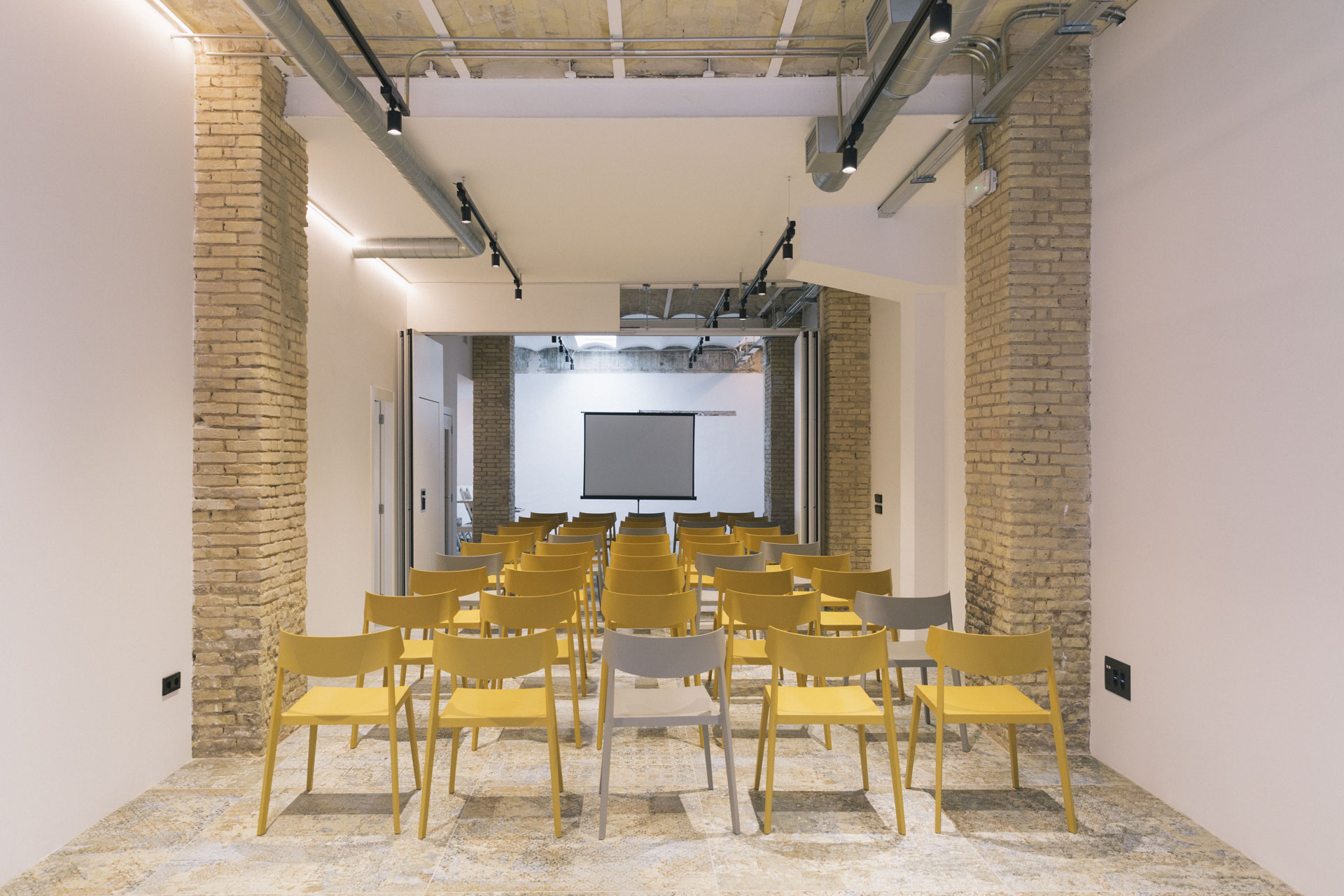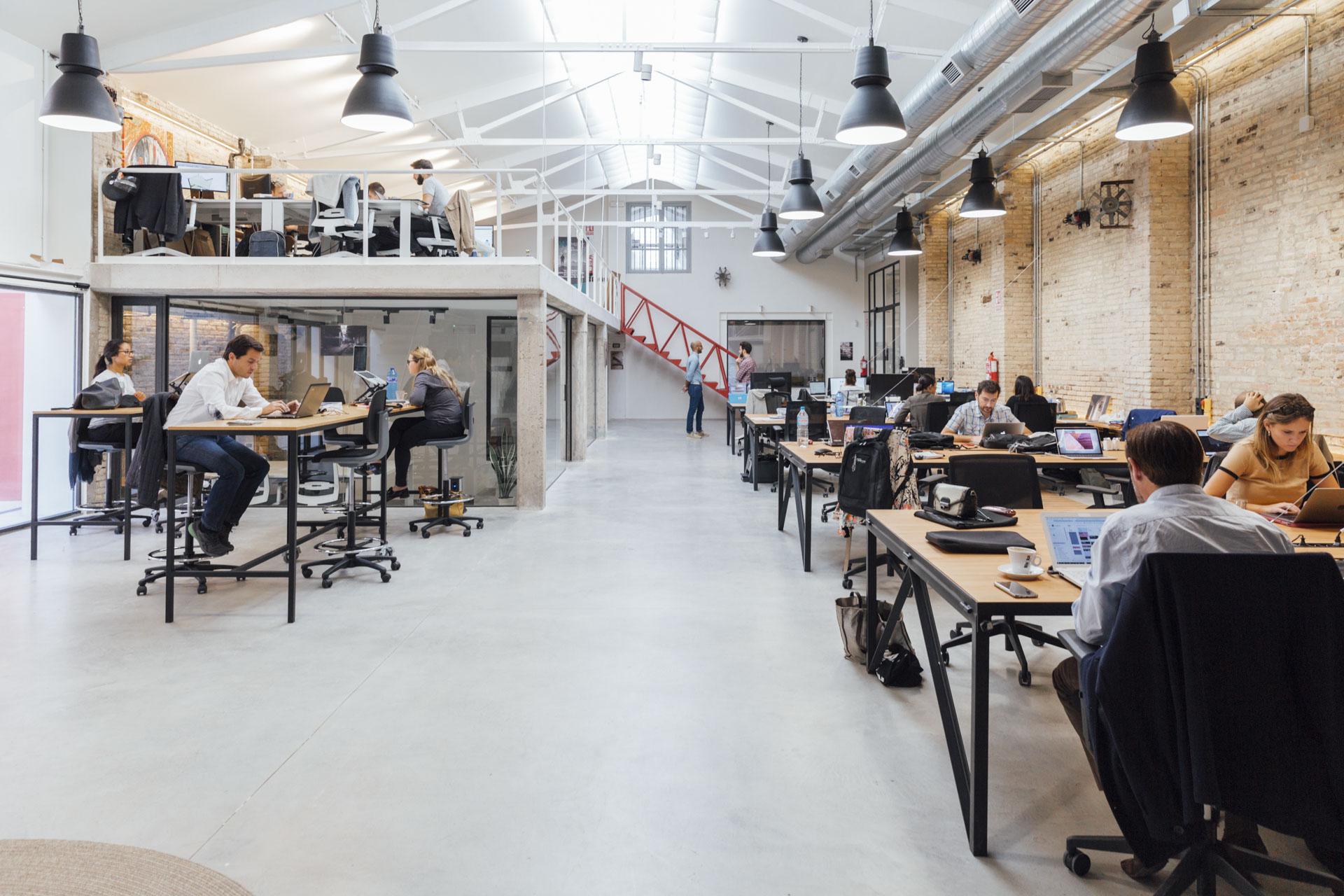“For wayco, people are the most important part of our coworking space”
There has been an increase in the use of flexible coworking spaces across continents. In our previous article, 5 Things to consider before opening your first coworking space, where we briefly mentioned statistics published by DeskMag on the rapid growth of flexible coworking space. Spaces such as wayco, offer a lot more than an ordinary flexible coworking space, they offer historical, heterogeneous experiences for their users.
After earning the title as the largest coworking meeting point of Valencia’ by 247valencia, on the 2nd of August, we met up with the innovative individuals behind wayco for a quick interview.
Nacho Cambralla Balaguer: Managing Director
“wayco was found in 2015 and it was one of the first coworking place in the city. Our aim is to empower professionals in the city, with their way of life and work.”
Berit Barck: Office Manager
“wayco is the pioneer coworking space in Valencia and we encourage taking down the frontiers no matter where you are from or your nationality. We encourage people to mingle with each other. We design the coworking space for different cultures working together under one roof in the same place. We want our coworkers to feel like they are working from home, but in a professional setting.”

Jose Costa: Architect
“This is a very special place, you can feel it in the walls and the bricks, they are the soul of the place so we try to keep all of them. Each room has the charm of an unseen place, mixed with the last of technology and careful design. Also, It is comfortable for working, in terms of atmosphere, temperature and natural light, in addition to that, the rooms are also very flexible, even the main spaces can be transformed in very few minutes, just by lifting the huge tables.
For wayco, the people are the most important part of our coworking space and our committee is very unique because we have many different cultures working in the same areas and we have about 17 nationalities, so for us, it is really important and very nice to see how different nationalities work together.”

So if you happen to be in the city of Valencia, and you are looking to network in a flexible coworking space, perhaps you would like to learn something new, or maybe meet different nationalities and professionals in the heart of Ciuitat Vella, at a historical breathtaking building dating back to the 18th century and not too far from the famous River Turia gardens, wayco is your lucky spot.
The growing understanding of coworking needs, combined with our innovative approach means that we can keep this coworking SaaS up-to-date with new features and improve the user experience If you would like to read more please subscribe to our free newsletter below.
Related stories
Global Coworking Trends and Opportunities for 2025
Now well into 2025, the coworking industry continues to demonstrate strong momentum. With demand for coworking spaces remaining steady around the globe, it's clear that coworking is not just enduring—it's thriving. Let’s explore the major trends and opportunities shaping the global coworking landscape this year.
Creating Events that Drive Community Engagement in Coworking Spaces
Community is everything in coworking, but a genuine sense of connection between members doesn’t magically happen overnight or by chance. Often, meaningful relationships take intentionality, effort, and time to build, with events being an effective vehicle for bringing people together around shared interests, goals, and experiences, creating opportunities for collaboration, and a thriving coworking culture. This article looks at creating events that drive community engagement in coworking spaces.
Liz Elam: ‘Community is the number one amenity in coworking spaces’
A household name in the global coworking industry, Liz Elam, is the founder of one of the world’s best coworking event series: GCUC. Liz’s coworking roots began in 2010, when she established Link Coworking – a welcoming, affordable, and professional coworking space – in her hometown of Austin, Texas. Link Coworking achieved incredible success, expanding across three locations and becoming the fourth-largest coworking brand in Austin. It was sold in 2019, making Liz the first woman globally to exit a coworking brand.
Key Takeaways from the Coworking Alliance Summit 2025
Gathering online for the Coworking Alliance Summit last week, members of global coworking alliances, coworking spaces, and community leaders came together to navigate global issues, strengthen ties across the coworking industry, and work collectively towards future goals.
5 Ways to Reduce Noise in Open Offices & Coworking Spaces
Some people like working against a background of noise, while for others it’s their worst work nightmare. The truth is, our relationship with noise depends on our own preferences and the nature of our work.
Key takeaways from the Workspace Design Show 2025
London’s Workspace Design Show is undoubtedly one of the best coworking events of 2025. For one, the exhibition (held at Islington’s Business Design Centre) features a host of innovative and creative workspace design solutions tailored to the needs of modern workplaces.
What Is Workplace Management and Why Does It Matter?
There has always been a need for workplace management – the process of organising and optimising physical spaces, resources, and operations to support people’s needs. But, as 28% of UK working adults were reported to work in a hybrid capacity last autumn (by the Office for National Statistics), the question of ‘why workplace management matters’ is more critical than ever. Let’s look at the workplace management benefits for your operations.
10 Smart Goals for your Coworking Space: How to Set & Achieve Business Objectives
Coworking is synonymous with creativity, collaboration and productivity. Businesses and freelancers love coworking spaces because (by surrounding themselves with fellow workers) they’re more likely to achieve their goals. The coworking environment, while social, is set up to facilitate focused, distraction-free working.
The Best Coworking Events in 2025: Must-Attend Gatherings for Professionals
Managing coworking spaces is an all-encompassing role, often leaving operators, owners, and community managers with little time to focus on personal growth or draw inspiration from others.
10 Award-winning Coworking Space Designs: A Comprehensive Guide
Vibrant, contemporary workspaces create an undeniable ‘wow’ factor. Textured designs and ambient lighting make spaces feel warm and cosy, while natural elements and biophilic design features have literal mood-boosting properties.

